Tucked behind white picket fences and neatly trimmed lawns, some American neighborhoods hide disturbing histories—many were unknowingly built atop toxic waste sites. In some cases, developers and authorities failed to disclose these environmental dangers to residents, leaving generations exposed to hazardous substances. While some of these communities have received national attention, others remain relatively unknown to the public. Here are 12 neighborhoods across the U.S. where quiet, suburban life came with a poisonous legacy.
1. Love Canal – Niagara Falls, New York
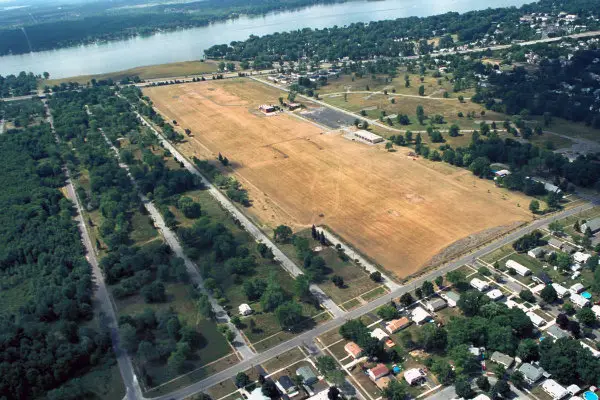
Perhaps the most infamous example, Love Canal became a national scandal in the late 1970s. According to the EPA, more than 21,000 tons of toxic industrial waste had been buried beneath the neighborhood by the Hooker Chemical Company. Years later, homes and schools were built on top of the site, exposing families to dangerous chemicals linked to birth defects and cancer.
The disaster led to mass evacuations and the creation of the Superfund program. Although cleanup efforts have taken place, the area’s name still symbolizes environmental negligence.
2. Times Beach – Missouri
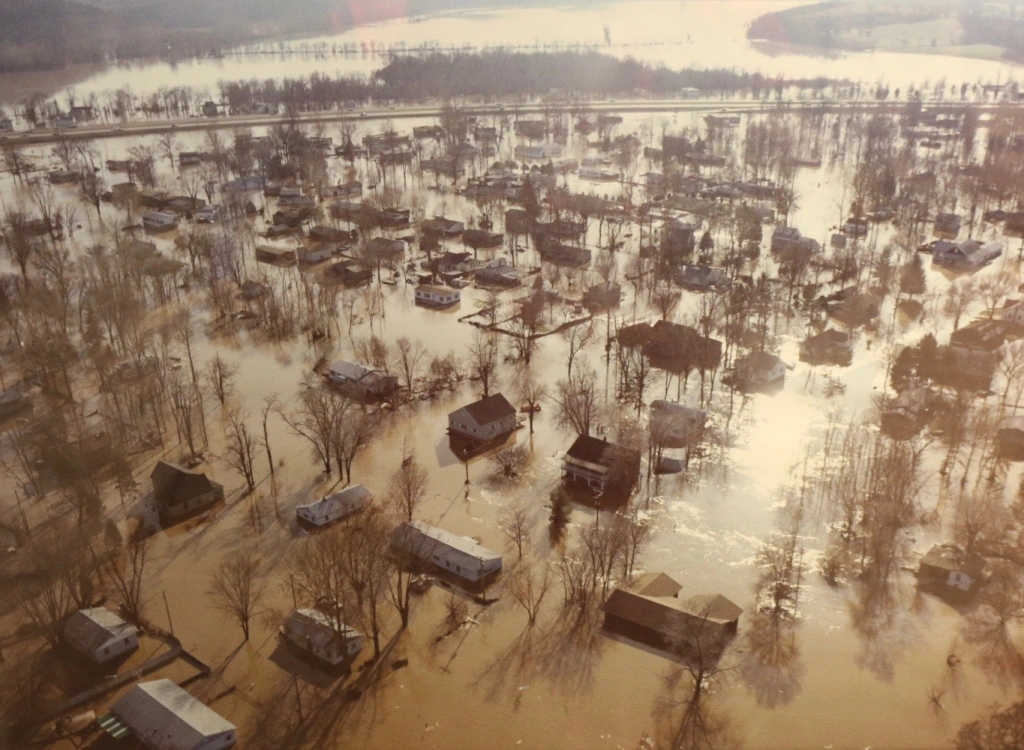
Times Beach was once a small community outside St. Louis, but it was abandoned in the 1980s due to widespread dioxin contamination. As reported by the CDC, waste oil tainted with dioxin was sprayed on the town’s roads to control dust, unknowingly poisoning the environment. The contamination was so severe that the government evacuated and purchased nearly all properties.
The town was officially disincorporated in 1985. Today, the site is home to Route 66 State Park—but the original community is gone.
3. Tar Creek – Picher, Oklahoma

The town of Picher was built over a massive lead and zinc mining operation that began in the early 20th century. According to the U.S. Geological Survey, the waste left behind—known as “chat piles”—contained toxic levels of lead, cadmium, and arsenic. Children in the area were found to have extremely high lead levels in their blood, and sinkholes began to appear as the mines collapsed.
By the 2000s, the government declared Picher unsafe. The town was largely abandoned and labeled one of the most toxic sites in America.
4. Stringfellow Acid Pits – Glen Avon, California
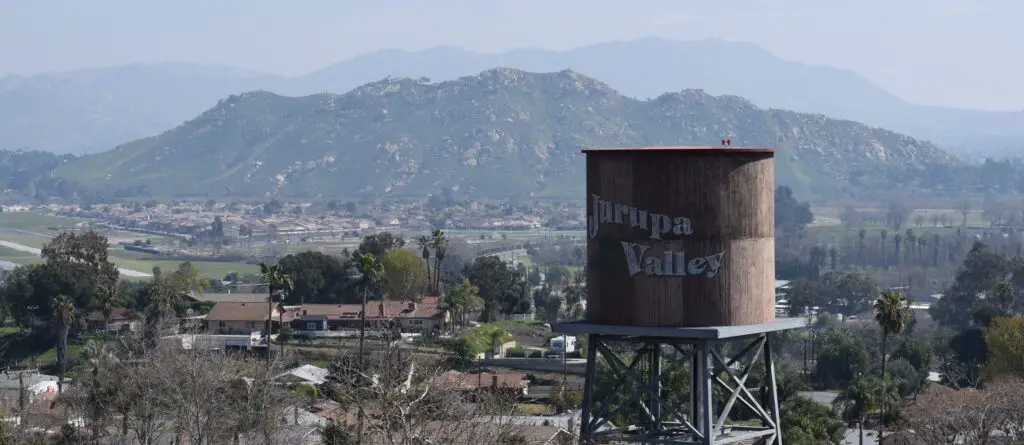
In Riverside County, a suburban neighborhood grew around what was once a hazardous industrial dump. The Stringfellow Acid Pits, listed by the EPA as one of the first Superfund sites, had accepted over 34 million gallons of toxic waste from 1956 to 1972. Over time, contaminants leaked into the groundwater, prompting concerns about cancer and reproductive health risks among nearby residents.
Though remediation efforts have been ongoing, some families living in the surrounding areas still report health concerns. The legacy of contamination remains a source of tension in the community.
5. Baytown – Harris County, Texas
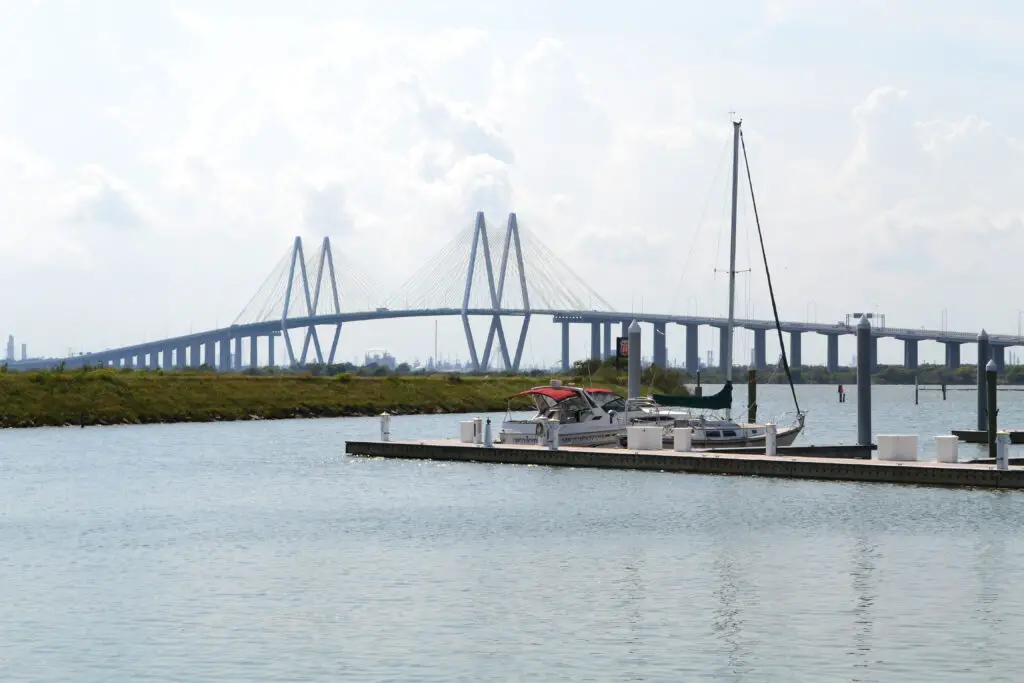
Baytown, located near Houston, has long been a hub of petrochemical production. Residential neighborhoods developed around old refinery waste pits and chemical dumps. While many areas were remediated or fenced off, some homes remained dangerously close to contaminated land.
Despite monitoring and cleanup efforts, environmental groups have raised concerns about lingering groundwater pollution. Residents near the San Jacinto River Waste Pits continue to push for permanent, comprehensive cleanup.
6. Oak Ridge – Tennessee
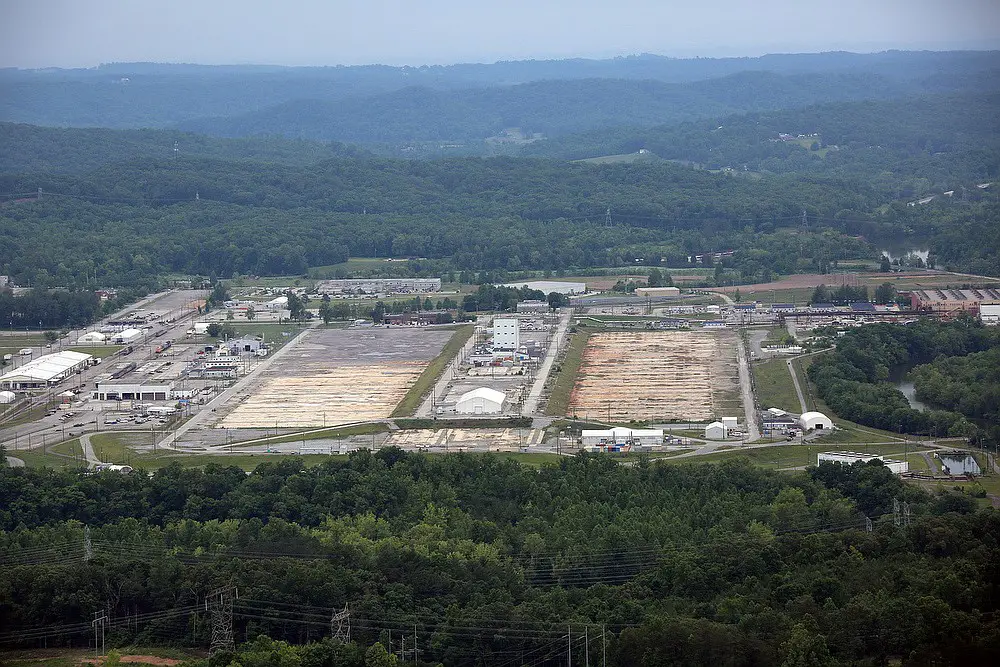
Oak Ridge was created during World War II as part of the Manhattan Project and was shrouded in secrecy for decades. While much of the city was developed under strict federal oversight, some residential zones later faced concerns about radioactive and chemical contamination. Soil and groundwater testing revealed elevated levels of mercury and other toxic substances.
Although many areas have undergone cleanup, critics argue that not all risks have been addressed. Oak Ridge’s complex legacy continues to influence local development and public health discussions.
7. Rocky Flats – Jefferson County, Colorado

Once home to a nuclear weapons manufacturing plant, Rocky Flats has a long history of environmental controversy. Nearby neighborhoods were built after the plant shut down, and while federal agencies declared the land safe, some scientists and activists disagreed. Plutonium particles have been detected in surrounding soil, raising concerns for new homeowners.
Despite ongoing protests, housing developments continue near the area. Some buyers are unaware of the site’s radioactive past, even as watchdog groups call for more transparency.
8. East Chicago – Indiana
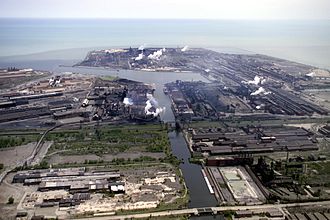
The West Calumet Housing Complex in East Chicago was built atop a former lead smelting site. Residents, mostly low-income families, were not told of the contamination until 2016, decades after construction. Soil testing revealed lead levels more than 100 times the EPA’s acceptable limit.
After the revelation, residents were forced to relocate. The site became a symbol of environmental injustice and governmental failure to protect vulnerable communities.
9. Bayview-Hunters Point – San Francisco, California
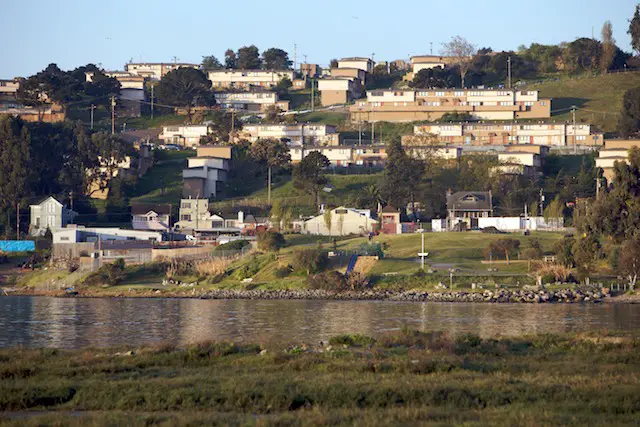
This historic Black neighborhood in San Francisco has long struggled with pollution stemming from the nearby naval shipyard. Radioactive waste, asbestos, and industrial toxins were found on the site. Despite efforts to redevelop and build affordable housing, questions about the thoroughness of the cleanup persist.
Community leaders have voiced concerns that redevelopment plans prioritize profit over public safety. Lawsuits and protests have stalled construction projects in parts of the neighborhood.
10. Jacksonville – Arkansas

Parts of Jacksonville were built near a former pesticide plant that produced toxic compounds, including Agent Orange. Though production ceased decades ago, residues of dioxins and other hazardous chemicals remained in the soil and groundwater. Some residential areas were later added to the EPA’s National Priorities List.
Residents have reported higher-than-average rates of cancer and other illnesses. Cleanup has been slow, and environmental watchdogs continue to monitor progress.
11. Kettleman City – California
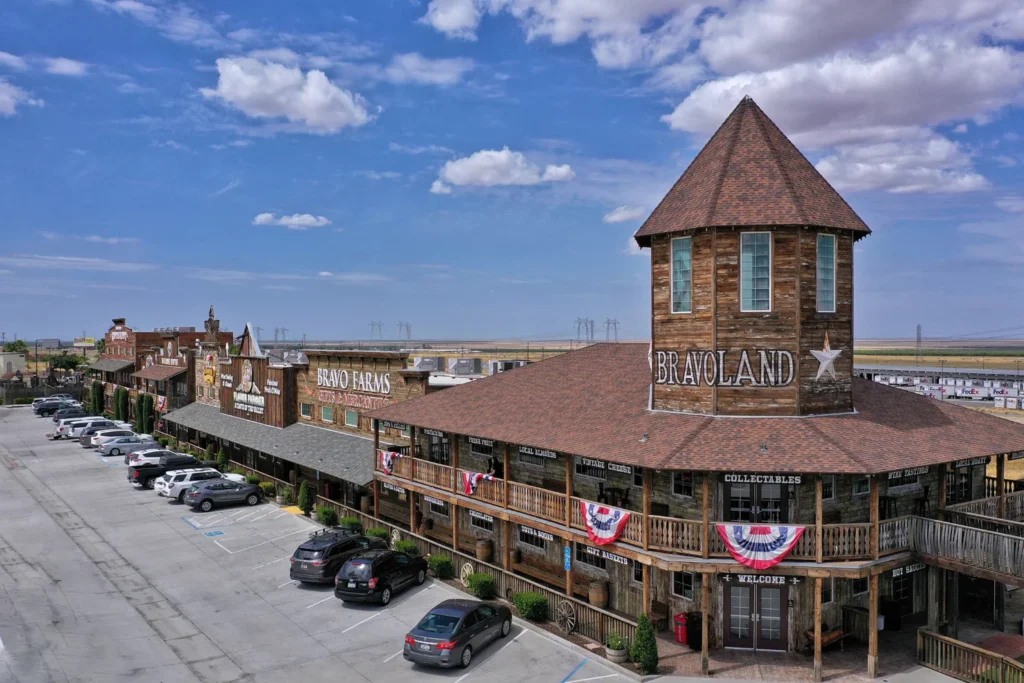
Located in California’s Central Valley, Kettleman City is a small, predominantly Latino community near a major hazardous waste landfill. Though the neighborhood itself wasn’t built directly on toxic land, prevailing winds and groundwater flow raised concerns about exposure. Over the years, residents have reported increased rates of birth defects and childhood illnesses.
Advocacy groups have called for better health monitoring and stricter regulations for the landfill. The fight for environmental justice in Kettleman City remains ongoing.
12. Lake Apopka – Florida
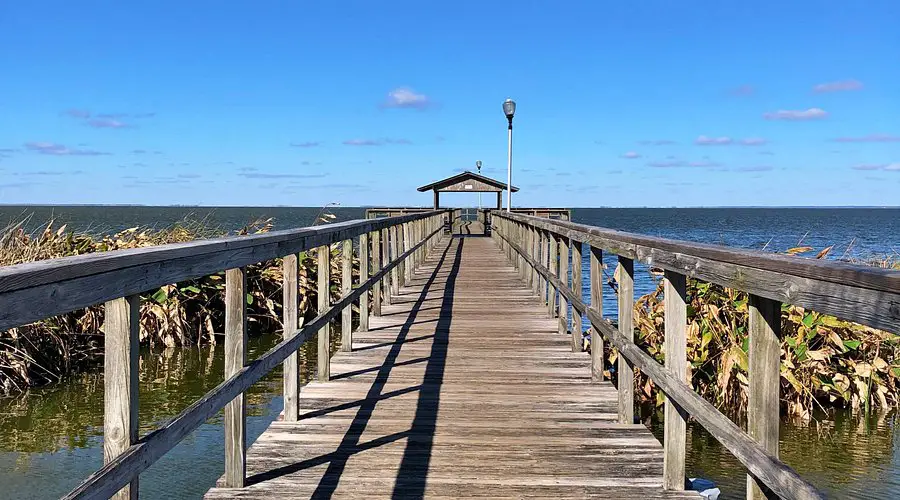
Lake Apopka, once known for its fishing industry, became one of Florida’s most polluted bodies of water due to pesticide runoff and agricultural waste. In the surrounding communities, workers and residents were exposed to chemicals linked to liver damage and reproductive issues. Housing developments crept closer to the contaminated areas in the late 20th century.
Although restoration efforts have improved the lake’s condition, some neighborhoods still contend with legacy pollution. Local environmental organizations continue to advocate for stronger protections.
